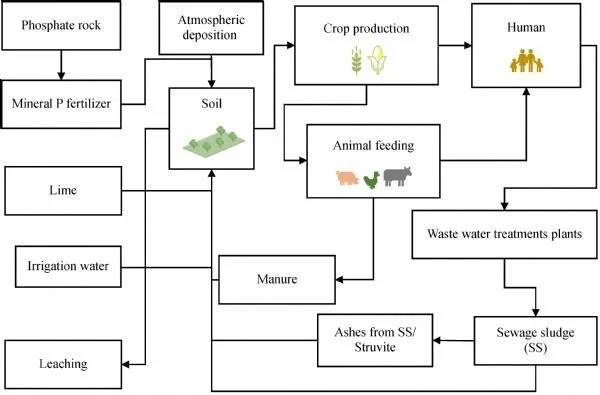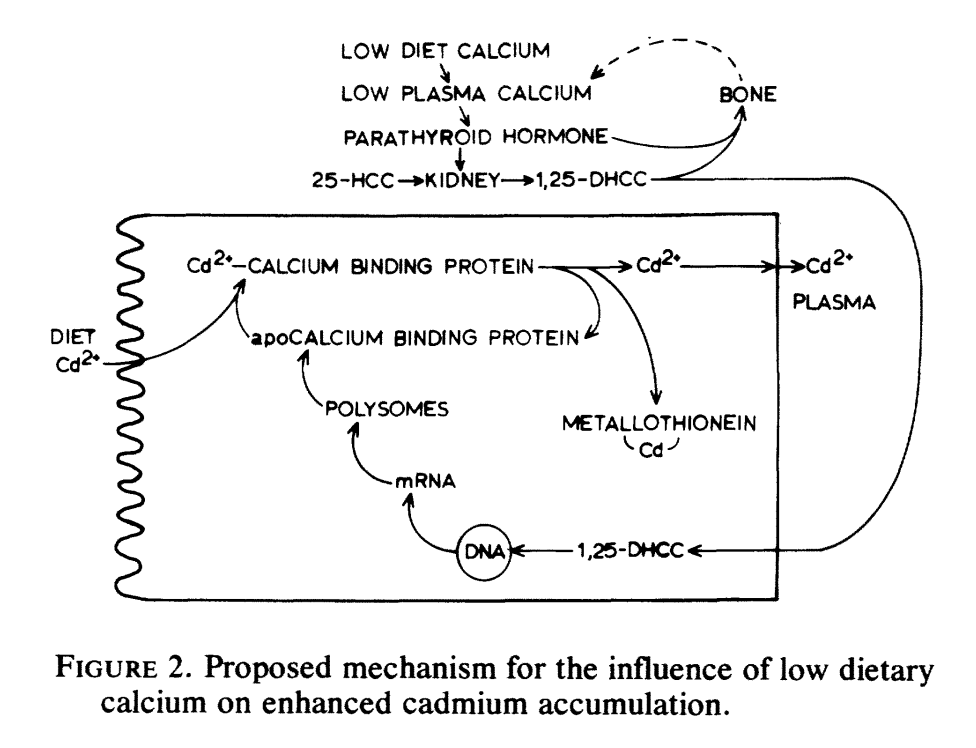Cadmium, the Metalloestrogen
TL;DR:
Cadmium is More Estrogenic than BPA
Our Main Exposure Vector is Fertilizer
Cadmium Shuts Down a Major Detox Pathway
Low Calcium Diets Increase Cadmium Absorption
Modified Citrus Pectin can Help
If you’re a regular reader of my newsletter you are getting the sense my focus recently has included heavy metal toxicity. Heavy metals which are pervasive in our environment, directly antagonize minerals needed for energy production, hormonal health, and liver function. Additionally, there are third and fourth order effects that at first examination seem completely unrelated.
For example, there’s a group of metals known as “metalloestrogens” because they have the ability to attached to estrogen receptors (causing estrogenic effects). They are technically classified as xenoestrogens and their potency will astonish you. Cadmium, the most potent metalloestrogen, binds estrogen receptor alpha (ERα) with 2,000-2,500x higher affinity than BPA. Both compounds contribute to endocrine disruption through distinct mechanisms, with cadmium posing greater per-molecule risks but BPA having more ubiquitous environmental presence.
I have seen many lab reports of healthy men with good total testosterone levels yet moderate-to-low free testosterone (functional T). The is because sex hormone binding globulin (SHBG) is high, binding free testosterone rendering it unavailable. Xenoestrogens are the main reason SHBG is high if you’re metabolically healthy, and cadmium is a common one.
Have a look at the chart above to see the potency rank order of the top 10 xenoestrogens.
Our largest exposure to Cadmium is through phosphate fertilizer mining. 55% of Europeans’ dietary Cd intake originates from crops grown in Cd-contaminated soils. The highest Cd levels occur in rice, wheat, spinach, lettuce, nuts and legumes. Rice grown in Cd-polluted soils can accumulate 0.4–1.2 mg Cd/kg, exceeding WHO limits (0.2 mg/kg).
Cadmium's disruption of metallothionein (MT) function significantly impairs cellular detoxification through multiple mechanisms, particularly affecting mineral homeostasis and oxidative stress management. MT binds ~90% of intracellular Cd²⁺ via cysteine thiol groups, sequestering it in liver and kidney tissues. Chronic exposure saturates MT binding sites and significantly impairs overall detoxification ability.
Cadmium displaces zinc⁺ from MT with 10,000x higher affinity. This disrupts Zn-dependent processes like antioxidant enzyme function (e.g., superoxide dismutase) and HNF-4α transcription factor activity, critical for ceruloplasmin and transferrin synthesis.
Additionally, cadmium competes with calcium in voltage-gated channels, altering cellular signaling and exacerbating calcium deficiency effects on metal absorption. Having a diet too low in calcium (<1000mg/day) can cause increased cadmium absorption from food.
What can you do?
Start with sourcing your food from regenerative and organic farms. The use of phosphate-based fertilizers is low to non-existant and the healthy soil-microbes assist in binding cadmium to prevent plant uptake.
Because of cadmium’s mineral antagonism with calcium, you can and should be diary maxxing and if you can’t, supplementing calcium to reach about 1000-1200mg/day. This alone can significantly reduce your absorption of cadmium.
Secondly, you can eat oysters weekly or supplement 15 mg day of zinc picolinate to restore metallothionein detox function.
Lastly, modified citrus pectin (MCP) demonstrates very high binding affinity for Cadmium. This comes from the pith of citrus fruits and the molecular weight is modified to increase metal binding capacity. If you test high in cadmium, MCP can really make a difference.
To your health,
Jonathan
This is for informational purposes only and should not replace professional medical advice. Consult with your physician or other health care professional if you have any concerns or questions about your health.





